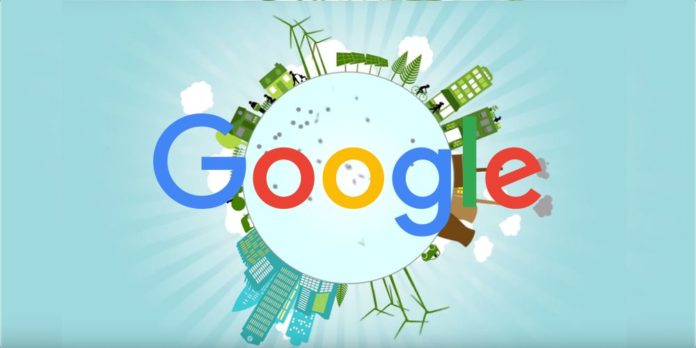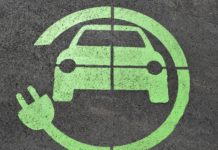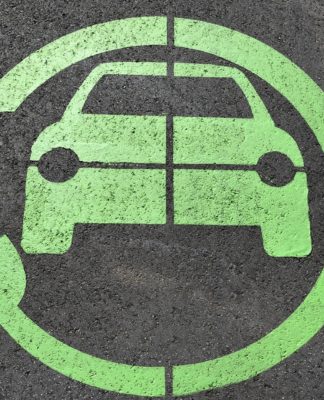
We wrote recently about solar energy community gardens in Participate in a community garden (of solar power), and about Minnesota’s role in developing clean energy, Minnesota leading the way for renewable energy grid batteries.
These clean energy goals are admirable in the North Star State, and, by many standards, far ahead of the curve.
But they are only a drop in the bucket compared to what Google has been up to recently in the private sector: The company announced on 9/10 that, in addition to being carbon-neutral, it will also be 100% run by renewable energy by the end of this year.
To clarify: All Google data centers and offices will be run on electricity provided by solar and wind energy.
And, as it was reported that Google uses more energy than the city of San Francisco (more energy than the whole of the Twin Cities, for that matter), this is an important change.
Executive Urs Hölzle said in Google’s post on the subject, “We believe Google can build tools to improve people’s lives while reducing our dependence on natural resources and fossil fuels…”
Google first announced this lofty goal to the world in 2016 (and confidently bragged that it’s the largest corporate purchaser of renewable energy on earth). Detailed in Google’s 2017 environmental report, the company claims that “…we’ve helped drive wide-scale global adoption of clean energy.”
Which might be true. As one of the largest companies in the world, the move is much more than just a PR stunt. Google also says converting to clean energy fits in with larger mission; they’re also going to set up their constantly-roaming Google Street View autos with air quality sensors to report on the quality of the oxygen we’re breathing.
The Earth Outreach program, which gives nonprofit groups “resources, tools, and inspiration to leverage the power of Google Earth and other mapping tools for their causes…” is also ten years old now.
And, as icing on the cake (or trash in the recycling bin), Google is working to cut all of its landfill waste; nothing that comes out of Google will end up in a landfill. Another lofty goal? Almost half of Google’s data centers (of which there are 14) are already there.
Google also announced last July that it is going to purchase Tellenes wind farm from Norway.
Looks like Google is representative for the nation’s clean energy #goals. We’ll see if other companies follow suit, as Google claims they will, or if we’ll still see regression like the recent diesel emissions scandal.
















